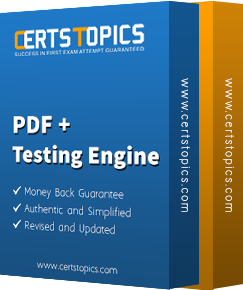VMware Related Exams
3V0-21.21 Exam







An architect is considering placement of virtual machines within an existing VMware software-defined data center (SDDC).
During the discovery phase, the following information is documented:
Cluster One
Cluster Two
Cluster Three
Virtual Machine Resource Profile 1
Virtual Machine Resource Profile 2
Which two recommendations should the architect make for placement of the virtual machines to meet resource profile requirements? (Choose two.)
What is a benefit of using a scale-out method for handling vSphere cluster growth?
Application owners require support of a Microsoft Windows Server Failover Cluster (WSFC).
Their current environment consists of the following components:
The solution architect is tasked with coming up with a solution to meet this requirement while utilizing their existing investments.
Which two recommendations could the architect make? (Choose two.)